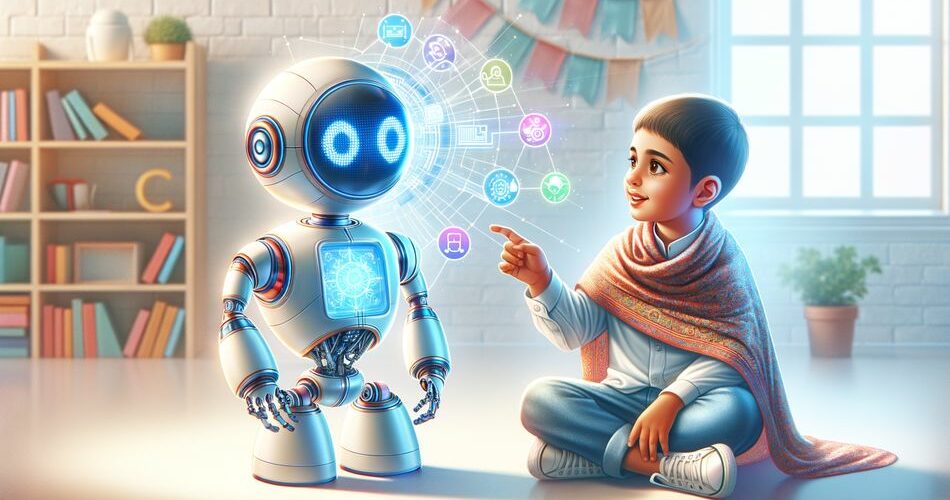In an increasingly digital world, children are growing up surrounded by technology. One of the latest additions to this digital landscape is the digital assistant, such as Amazon’s Alexa, Apple’s Siri, Google Assistant, and others. While these AI companions can be incredibly helpful, they also raise important questions for parents about how these relationships might affect their children. At Growing Together, we strive to support your parenting journey by offering expert tips and insights. Today, let’s delve into the topic: AI Friends or Foes? Navigating Your Child’s Relationship with Digital Assistants.
Understanding Digital Assistants
Digital assistants are AI-powered applications designed to help users by answering questions, setting reminders, playing music, and even managing home automation devices. They are always available, responsive, and can engage in simple conversations. For children, these digital assistants can be a fascinating gateway to explore technology, ask questions, and sometimes just have fun.
The Benefits of Digital Assistants
There are several advantages to having digital assistants in the home. Here are a few:
- Educational Tool: Digital assistants can help children with homework, by providing quick answers to factual questions, engaging them with interactive educational games, or even helping them practice spelling and math.
- Convenience: Children can set reminders for school assignments or chores, making them more responsible and organized.
- Encouragement of Curiosity: With the ability to answer a myriad of questions, digital assistants can foster a child’s curiosity and love for learning.
- Accessibility: For children with disabilities, digital assistants can provide a level of independence by helping them perform tasks they might otherwise find challenging.
The Potential Downsides
Despite the benefits, there are some potential downsides that parents should be aware of:
- Privacy Concerns: Digital assistants are always listening and can collect personal data. This poses privacy risks, especially for children who may not understand the implications of sharing personal information.
- Over-reliance: There is a risk that children might become too dependent on digital assistants for answers, potentially hampering their critical thinking and problem-solving skills.
- Social Interaction: Excessive use of digital assistants might limit face-to-face interactions, which are crucial for a child’s social and emotional development.
- Content Exposure: Without proper safeguards, children might be exposed to inappropriate content through digital assistants.
Strategies for Navigating Digital Relationships
To maximize the benefits and mitigate the downsides of digital assistants, parents can adopt several strategies:
- Set Boundaries: Establish clear rules about when and how digital assistants can be used. For example, set time limits and designate specific tasks for which the assistant can be used.
- Monitor Usage: Regularly check the interactions your child has with the digital assistant to ensure they are appropriate. Most digital assistants offer parental control features that can be utilized.
- Teach Privacy: Educate your child about the importance of not sharing personal information with digital assistants and the potential risks involved.
- Encourage Critical Thinking: Use digital assistants as a supplementary tool rather than a primary source of information. Encourage your child to look up information in books or discuss questions with family members.
- Promote Social Interaction: Balance the time spent interacting with digital assistants with opportunities for face-to-face conversations and social activities.
Conclusion
Digital assistants can be both friends and foes in your child’s development journey. By understanding the benefits and potential downsides, parents can navigate this landscape effectively and ensure that these AI companions serve to enhance, rather than impede, their child’s growth. At Growing Together, our mission is to provide you with valuable resources and expert advice to support you every step of the way. Embrace the digital age with caution, and help your child develop a balanced relationship with technology.

